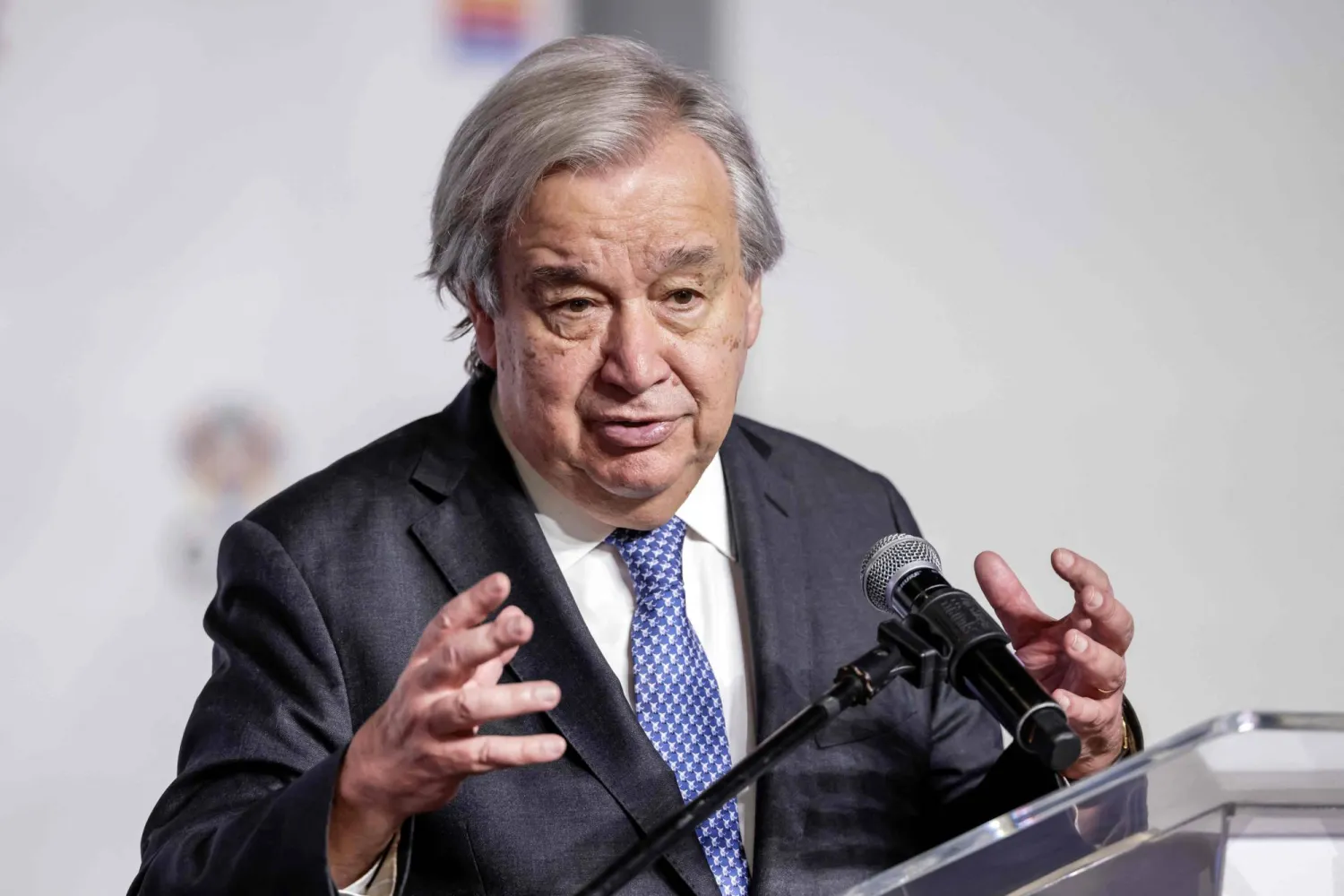The Libyan Government of National Unity (GNU) did not comment on Saturday on the minor clashes that erupted between militias that are loyal to it in the capital Tripoli on Friday.
The clashes broke out due to differences over members who are wanted by the authorities.
Local media said the fighting erupted between a group headed by Ghneiwa Kakli and another that is affiliated with the judicial security.
Sources told local media that the "deterrence force" cracked down on an armed group that had arrested members of the judicial security.
Amid the fighting, the Interior Ministry deployed several security patrols in Tripoli in an attempt to crack down on criminals and outlaws and to support other security agencies.
Separately, the French embassy in Libya announced that President Emmanuel Macron held telephone talks on Saturday with GNU chief Abdulhamid Dbeibeh to discuss issues of common interest and the need to hold elections that are set for December.
Meanwhile, the Presidential Council welcomed the United Nations Security Council's approval of the deployment of 60 UN ceasefire monitors to Libya.
A ceasefire in Libya has held since the autumn, but the main road across the front lines from Sirte to Misrata remains closed. The Security Council unanimously approved Secretary-General Antonio Guterres’ proposal for the deployment of the monitors.
“The monitors would be deployed to Sirte once all the requirements for a permanent United Nations presence have been met, including security, logistical, medical and operational aspects,” Guterres wrote to the council on April 7.
“In the meantime, forward presence would be established in Tripoli, as soon as conditions permit,” he said.









